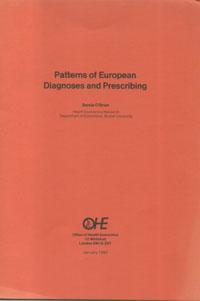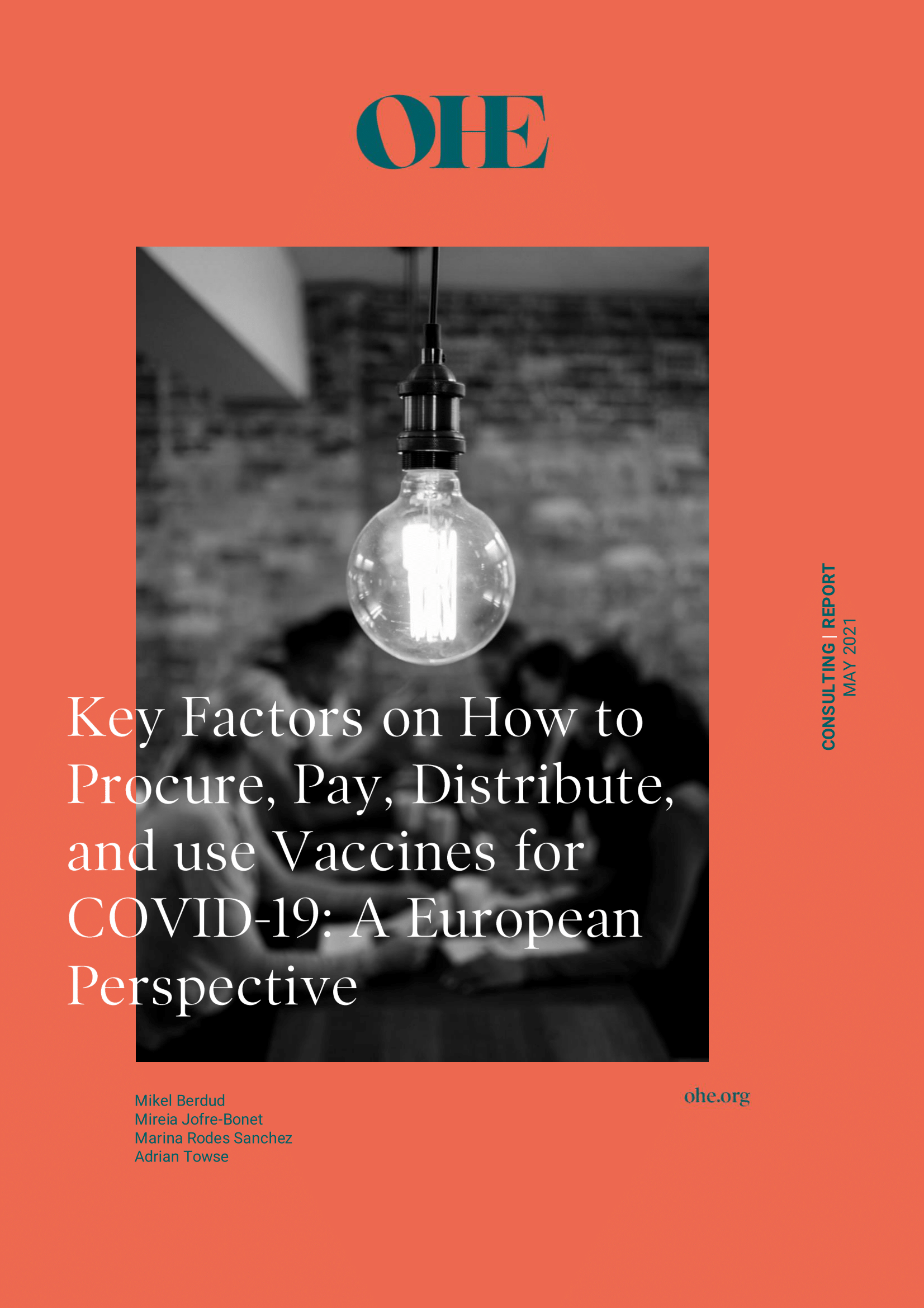Sign up to our newsletter Subscribe
Analysing Global Immunisation Expenditure

In the summer of 1982 the Medico-Pharmaceutical Forum held a meeting on ‘Disparities in European Medicine’. The aim was to compare and contrast the various aspects of health and medical care in Europe. Disparities were not difficult to find. The conclusion of the…
In the summer of 1982 the Medico-Pharmaceutical Forum held a meeting on ‘Disparities in European Medicine’. The aim was to compare and contrast the various aspects of health and medical care in Europe. Disparities were not difficult to find. The conclusion of the meeting endorsed the theme; despite the growth in European communication and development of the EEC, the harmonisation of European medical practice has been very slow, indeed ‘convergence is a long way off (Lancet, 1982).
An important area of international disparity that has received some attention is pharmaceutical consumption. Gisbert (1980) analysed European expenditure data on nine groups of medicines for the 1970s and found large differences between countries. Similarly, Dunlop and Inch (1972) used sales information to ‘portray some of the odd
divergencies which occur in different parts of Europe in pharmaceutical and medical practice’. Abel-Smith and Grandjeat (1978) produced a wealth of information for the European Commission and emphasised the importance of differences in the organisation and financing of health care when considering differences in pharmaceutical consumption. More recently, Friebal (1982) analysed the utilisation of seven groups of medicines in ten European countries and found wide disparities.
But to what extent are European disparities in prescribing the consequence of disparities in European health? International differences in the former can only usefully be analysed in the context of the latter. Thus Abel-Smith and Grandjeat (1978) noted prescribing differences and suggested where future research should be aimed: ‘it would be of considerable interest to see how far the differences in the number of prescription items are due to differences in morbidity or differences in the extent to which doctors use pharmaceuticals for particular conditions.’
Subsequent attempts to bring together the available information on morbidity and prescribing are noticeable by their absence. Although the World Health Organisation’s Drug Utilisation Research Group (DURG) continues to be active in refining methods for measuring drug consumption, the availability and comparability of European morbidity data is poor.
The aim of the present study is to conduct a comparative analysis of diagnosis and prescribing using sample survey data on five major European countries – France, Federal Germany, Italy, Spain and the UK. The data source was the Medical Data Index (MDI, 1982 data) which is an international sample survey of prescribing doctors conducted quarterly by the market research agency IMS International – known as Intercontinental Medical Statistics in the UK (see Appendix A).
After an initial discussion of the aims and limitations of the study the leading diagnoses are presented and analysed in the context of previous studies and findings. The second section analyses the rates of drug treatment and prescribing and considers the question of doctor and patient incentives under different methods of primary care organisation. The third section examines the leading drugs prescribed in each country and devotes brief discussion to the issue of measurement of drug utilisation. Finally, for the three most significant diagnoses across all the countries, the study considers what drugs are prescribed and possible differences in treatment regimes and fashions between the countries..
Patterns of European Diagnoses and Prescribing
O'Brien, B.
(1984) Patterns of European Diagnoses and Prescribing. OHE Monograph. Available from https://www.ohe.org/publications/patterns-european-diagnoses-and-prescribing/
